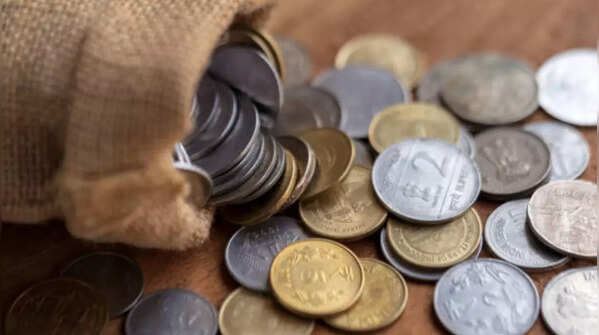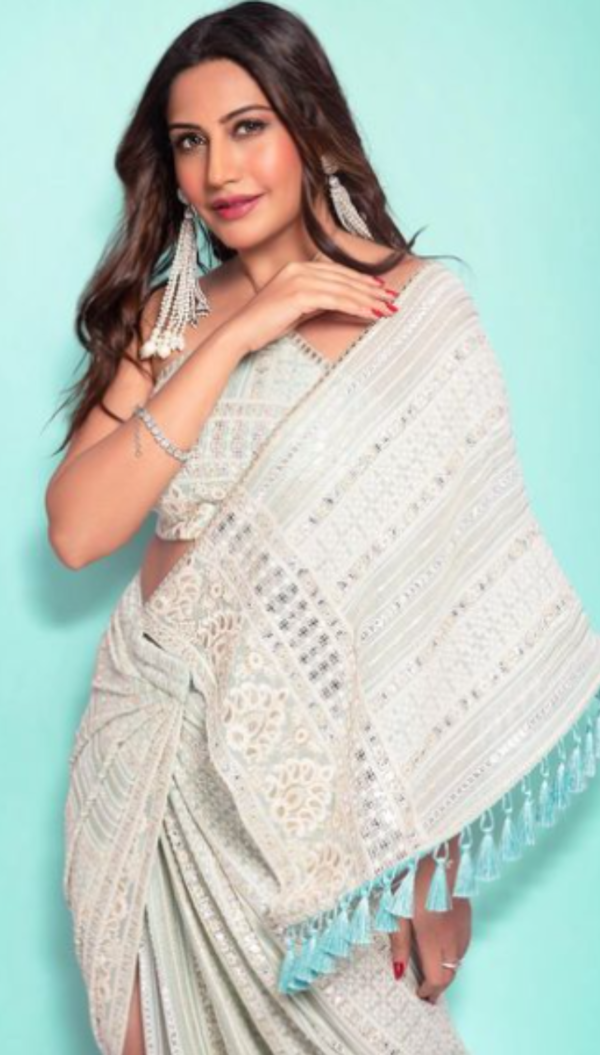Indian currency once showcased mudras from THIS famous dance form

Indian coins depict THIS classical dance form– did you ever notice?
Design is always changing, and it’s more than just how something looks– it’s about what it tells us. A great example of this is the redesign of Indian coins in 2007. Instead of just sticking to numbers and symbols, the new coins featured hand gestures from Bharatnatyam, one of our oldest dance forms. These weren’t just beautiful designs; each gesture has deep cultural meaning. By adding them to everyday currency, the coins became more than just money– they became a link to our rich tradition. Note: This list is compiled using data from mintageworld(dot)com.

The dance form that speaks through hands
Bharatnatyam, rooted in Tamil Nadu’s temple traditions, is more than just rhythm and movement– it speaks without words. At its core are hasta mudras, hand gestures that express everything from nature and emotions to gods and actions. These mudras are essential to storytelling and spiritual expression, using precise, symbolic movements to convey deep meanings and connect with the audience.

Why were Mudras chosen for coins?
In 2007, the Reserve Bank of India, in collaboration with designers from the National Institute of Design (NID), launched a new series of coins with a focus on accessibility, clarity, and cultural representation. Rather than using typical designs, the team chose to feature three specific asamyukta hasta mudras (single-hand gestures) from Bharatnatyam to represent different coin denominations.
This wasn’t just about making the coins visually unique. It was a thoughtful decision to make the currency more inclusive, especially for the visually impaired and those unfamiliar with English or numeric systems. Most importantly, it added a layer of cultural identity and storytelling to something we often overlook in our daily lives.

Mushti Mudra (50 Paise)
A tightly closed fist, known as Mushti, symbolizes strength, determination, and action. In dance, it represents conflict, weapons, or readiness. Its simple yet powerful form makes it perfect for a smaller denomination, carrying strong symbolic value.
Image credit: X

Shikhara Mudra (₹1 Coin)
Shikhara is formed by making a fist with the thumb pointing upwards. It symbolizes resolve, stability, and even things like a bow or pillar. Often linked to firmness and divine references, like Lord Shiva, it brings a sense of composure and certainty to the one-rupee coin.

Kartari Mukha Mudra (₹2 Coin)
Kartari Mukha is made by extending the index and middle fingers while the other fingers remain folded, resembling a pair of scissors. In classical dance, it represents separation, disagreement, or contrast. Its bold and dynamic shape adds complexity to the highest denomination in this coin series.

Why it still matters
While the current coins now feature updated designs, the Bharatnatyam mudra series still holds meaning. These coins may not be in wide use anymore, but they remain a powerful reminder of how thoughtful design can bring culture into everyday objects.
In a time when digital payments are replacing physical currency, these coins stand out as a quiet tribute to India’s heritage. They show us that tradition doesn’t have to sit in museums—it can live in our pockets, in our hands, and in the smallest details of daily life.







